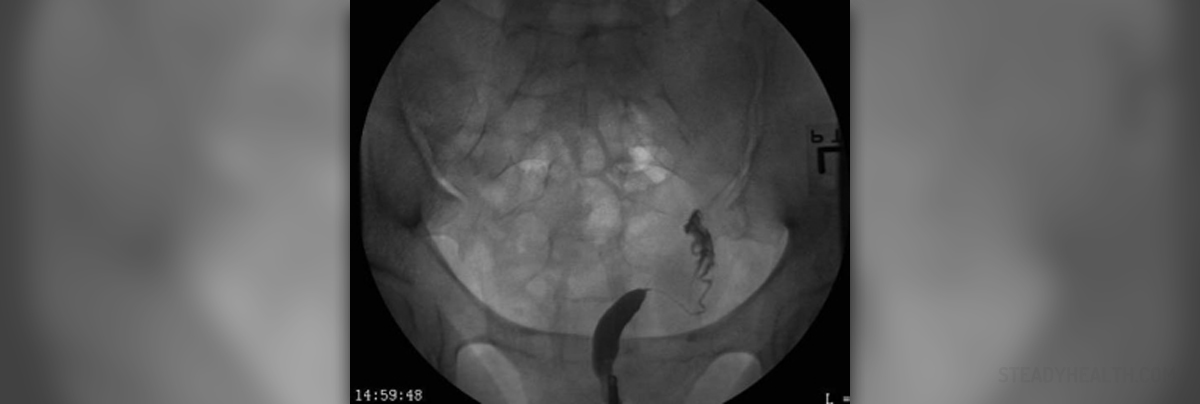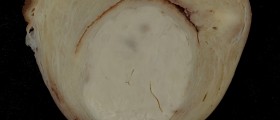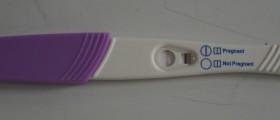
What is a unicornuate uterus?
A unicornuate uterus is, essentially, a uterus that has not been formed fully. The female internal reproductive organs form from mullerian ducts, two related ducts on either side of the abdomen. Male fetuses also have these, but they disappear. In female fetuses, these mullerian ducts go on to form the fallopian tubes, the uterus, cervix and part of the vagina. With a unicornuate uterus, there is an abnormality of the mullerian ducts resulting in a uterus that is smaller, and tends to have only one functioning fallopian tube. Sometimes, such a uterus has a "horn" on one side.
How is a unicornuate uterus diagnosed?
Women who have a unicornuate uterus may have it picked up during a routine OBGYN checkup, but the condition may also go unnoticed. Ultrasound can be the first occasion at which a unicornuate uterus, and the diagnosis is usually confirmed by hysteroscopy, laparoscopy, or 3D ultrasound.
Does a unicornuate uterus affect your chances of conceiving, and staying pregnant when you do conceive?
A unicornuate uterus doesn't make it impossible to conceive naturally for many women, but the chances of getting pregnant can be impacted negatively by such a uterus. Unfortunately, having a unicornuate uterus can increase the odds of having a miscarriage. Preterm labor and ectopic pregnancy are also more likely with this type of uterus. These adverse outcomes are related to blood-flow problems caused by the shape of the uterus. In addition, the "horn" that we mentioned earlier can cause the risk of uterine rupture during pregnancy.
Is any treatment required?
Where a unicornuate uterus is accompanied by a rudimentary horn on one side, this horn can be surgically removed to decrease the chances of pregnancy complications.
- www.ncbi.nlm.nih.gov/pmc/articles/PMC5510148/
- Photo courtesy of RadsWiki by Wikimedia Commons: commons.wikimedia.org/wiki/File:Unicornuate-uterus-001.jpg

















Your thoughts on this
Loading...